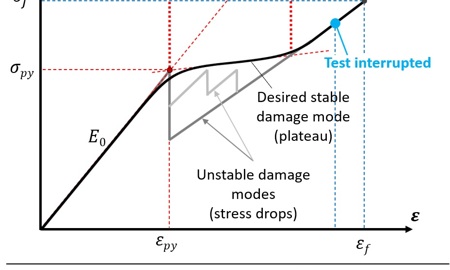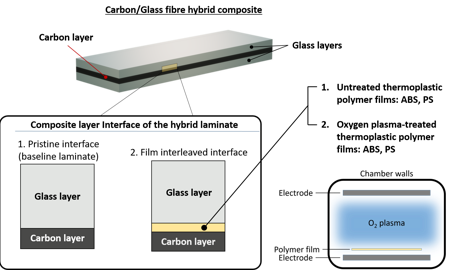Journal publications
HyFiSyn aims to train 13 early stage researchers to become interdisciplinary, multi-talented experts. The 8 universities, 5 industrial partners and 2 professional training organisations offer the researchers a unique opportunity to be trained by world-leading experts in cutting-edge technologies, where they are supported by a strong network and industry participation. The training programme strongly emphasises entrepreneurship and innovation skills to maximise the impact of the project, thereby increasing the EU’s innovation capacity.
If you are interested to obtain a PhD within this project, then please fill out the application form and make sure to include CV, motivational letter and transcripts. For the files to be uploaded, please stick to PDF or Word documents or ZIP-archives thereof. If you have any problem uploading large files, then please send them in a separate email to the project coordinator (yentl.swolfs@kuleuven.be).
Don't forget that you can apply for several positions at the same time by using the tickboxes. If you want to do this, it's best to apply for those positions simultaneously. If you want to use a different cover letter for each position, then please include all of them in a single application.
Journal publications

Improving the performance of pseudo-ductile hybrid composites by film-interleaving [OPEN ACCESS]
Salvatore GiacomoMarino, GergelyCzél
Improvement of the interfacial fracture toughness of the layer interfaces is one way to increase the performance of interlayer hybrid laminates containing standard thickness carbon/epoxy plies and make them fail in a stable, progressive way. The layer interfaces were interleaved with thermoset 913 type epoxy or thermoplastic acrylonitrile–butadienestyrene (ABS) films to introduce beneficial energy absorption mechanisms and promote the fragmentation of the relatively thick carbon layer under tensile loads. Carbon layer fragmentation and dispersed delamination around the carbon layer fractures characterised the damage modes of the epoxy film interleaved hybrid laminates, which showed pseudo-ductility in some cases. In the ABS film interleaved laminates, a unique phase-separated ABS/epoxy inter-locking structure was discovered at the boundary of the two resin systems, which resulted in a strong adhesion between the fibre-reinforced and the thermoplastic layers. As a result, the delamination cracks were contained within the ABS interleaf films.

Effect of Plasma-Treatment of Interleaved Thermoplastic Films on Delamination in Interlayer Fibre Hybrid Composite Laminates [OPEN ACCESS]
Salvatore Giacomo Marino, Florian Mayer, Alexander Bismarck and Gergely Czél
Safe, light, and high-performance engineering structures may be generated by adopting composite materials with stable damage process (i.e., without catastrophic delamination). Interlayer hybrid composites may fail stably by suppressing catastrophic interlayer delamination. This paper provides a detailed analysis of delamination occurring in poly(acrylonitrile-butadiene-styrene) (ABS) or polystyrene (PS) film interleaved carbon-glass/epoxy hybrid composites. The ABS films toughened the interfaces of the hybrid laminates, generating materials with higher mode II interlaminar fracture toughness (GIIC), delamination stress (σdel), and eliminating the stress drops observed in the reference baseline material, i.e., without interleaf films, during tensile tests. Furthermore, stable behaviour was achieved by treating the ABS films in oxygen plasma. The mechanical performance (GIIC and σdel) of hybrid composites containing PS films, were initially reduced but increased after oxygen plasma treatment. The plasma treatment introduced O-C=O and O-C-O-O functional groups on the PS surfaces, enabling better epoxy/PS interactions. Microscopy analysis provided evidence of the toughening mechanisms, i.e., crack deflection, leading plasma-treated PS to stabilise delamination.
